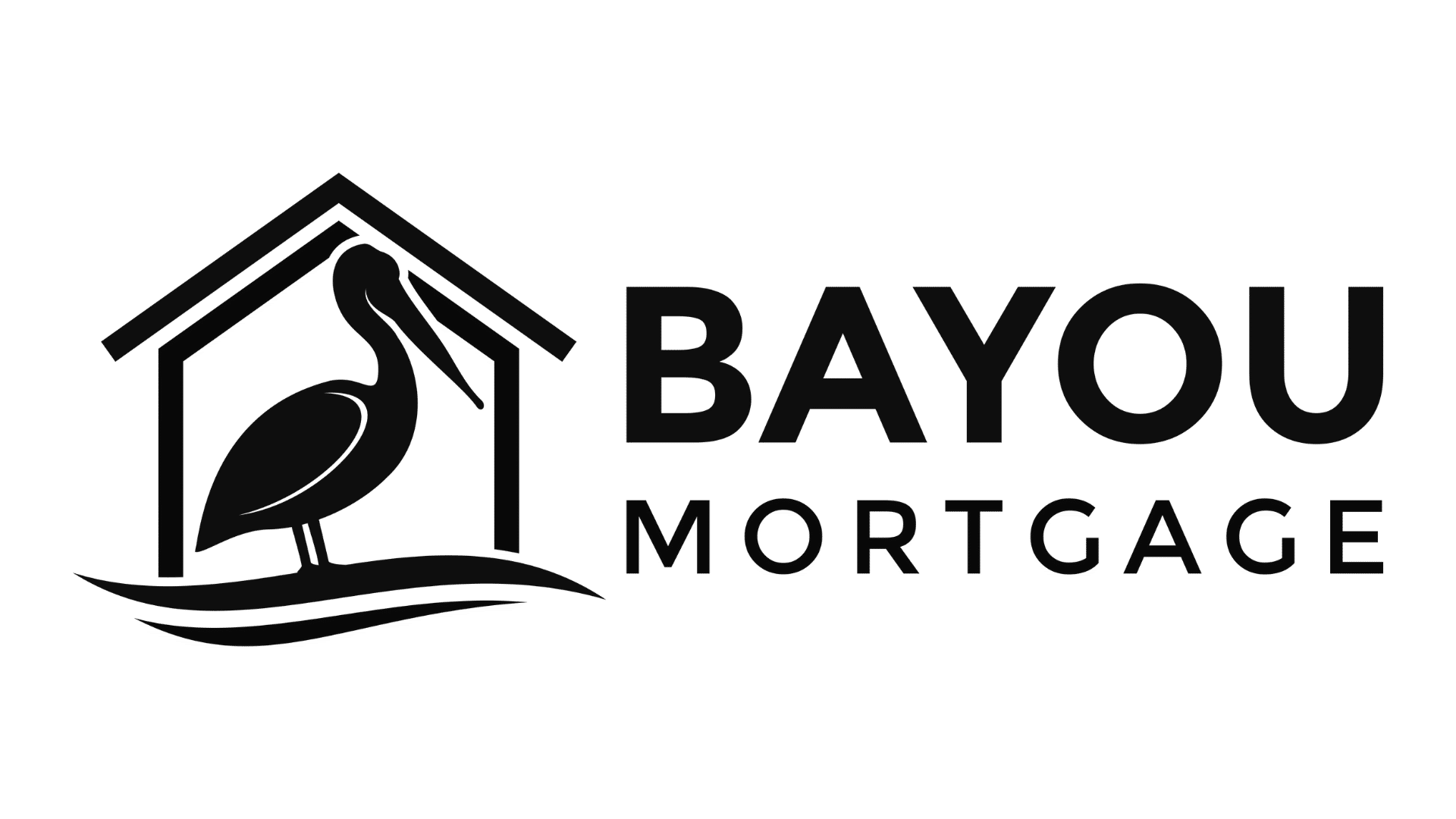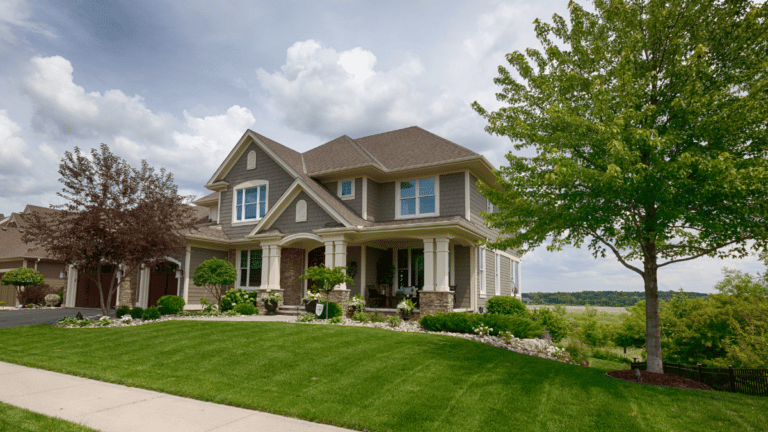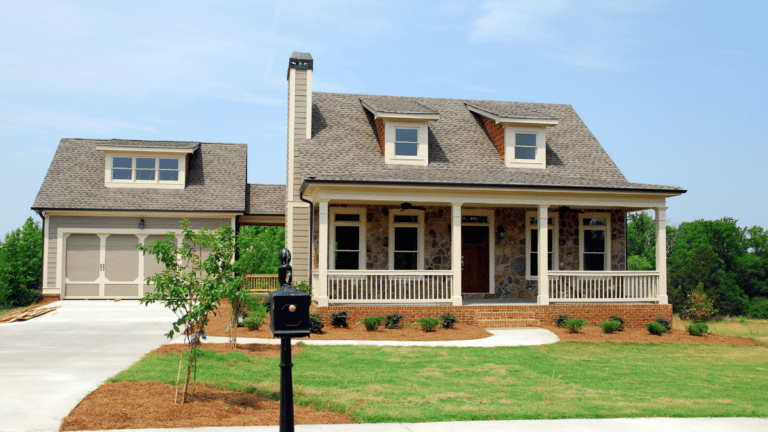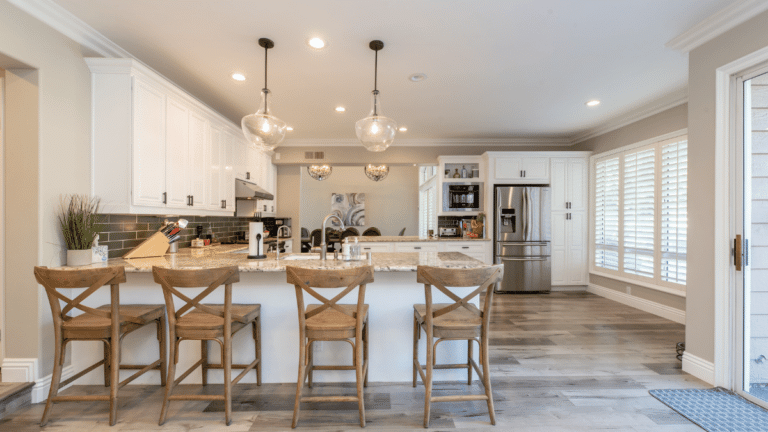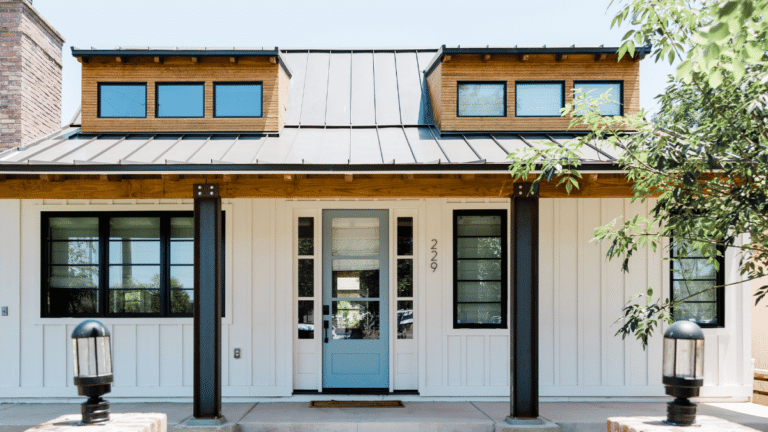When you’re looking to buy a home, you’ll come across terms like APR and interest rate. These can be confusing, but they’re essential for understanding how much your loan will cost you. In this article, we’ll explain what these terms mean, how they’re different, and why they matter when you’re getting a mortgage.
What Is an Interest Rate?
Imagine you’re borrowing money to buy a house. The interest rate is like a fee you pay for the privilege of borrowing that money. It’s shown as a percentage of the total loan amount. For example, if you borrow $200,000 with a 4% interest rate, you’ll pay $8,000 in interest each year. The interest r ate is an essential factor in determining your monthly mortgage payment.
What Is APR?
APR stands for Annual Percentage Rate. It’s a bit more complicated than the interest rate because it includes not just the interest rate but also other fees and costs you have to pay to get the loan. These might include things like origination fees (the fee for processing your loan), closing costs (fees paid at the closing of a real estate transaction), and mortgage insurance premiums (insurance that protects the lender if you can’t make your mortgage payments).
Basically, APR gives you a fuller picture of how much your loan will really cost you over time. It’s an important number to pay attention to when comparing different mortgage offers because it helps you understand the total cost of borrowing money.
What’s the Difference Between APR and Interest Rate?
Understanding the difference between APR and interest rate is crucial when evaluating mortgage offers. Here’s a breakdown:
- Interest Rate: This is the percentage of the loan amount that you’ll pay as interest over the course of a year. It’s the cost of borrowing the principal amount and doesn’t include any additional fees or charges.
- APR (Annual Percentage Rate): Unlike the interest rate, APR includes not only the interest rate but also other costs associated with the loan, such as origination fees, closing costs, and discount points. It provides a more comprehensive picture of the total cost of borrowing over the loan term.
In essence, while the interest rate represents the cost of borrowing the principal amount, APR reflects the total cost of the loan, including fees and charges. APR is typically higher than the interest rate because it accounts for additional expenses.
How Are Interest Rates Calculated?
Interest rates are determined by various factors, both macroeconomic and individual borrower-related. Here’s how they’re calculated:
- Economic Factors: Interest rates are influenced by broader economic conditions, such as inflation rates, economic growth, and monetary policy set by central banks like the Federal Reserve. Changes in these factors can lead to fluctuations in interest rates.
- Creditworthiness: Lenders assess borrowers’ creditworthiness based on factors like credit score, credit history, debt-to-income ratio, and employment stability. Borrowers with higher credit scores and lower risk profiles typically qualify for lower interest rates.
- Loan Characteristics: The type of loan, its term (the length of time to repay the loan), and the loan amount also affect interest rates. For example, fixed-rate mortgages typically have higher initial interest rates than adjustable-rate mortgages (ARMs), but the rate remains constant throughout the loan term.
- Market Competition: Market dynamics and competition among lenders also play a role in determining interest rates. Lenders may adjust their rates to attract borrowers or remain competitive in the market.
How Is APR Calculated?
Interest Rate as Base: The calculation of APR begins with the interest rate, which represents the cost of borrowing the principal amount. This rate is expressed as a percentage of the total loan amount.
Incorporation of Additional Fees and Charges: APR incorporates other costs such as origination fees, discount points, closing costs, and mortgage insurance premiums. These fees are added to the total loan amount to determine the effective cost of borrowing.
Consideration of Loan Term:The length of the loan term affects APR calculations. Shorter loan terms generally result in lower APRs, as the total interest paid over the life of the loan is reduced.
Annualization Process: After accounting for all fees and charges, the total cost of borrowing is annualized to calculate the APR. This facilitates comparisons between loans with different terms and fee structures.
Disclosure Requirements: Lenders are required to disclose the APR to borrowers as part of the loan documentation process. This disclosure enables borrowers to understand the true cost of the loan and make informed decisions when comparing mortgage offers.
In conclusion, APR and interest rates are two crucial components when considering a mortgage. While interest rates focus solely on the cost of borrowing the principal amount, APR provides a more comprehensive view by encompassing additional fees and charges associated with the loan. Understanding these terms empowers borrowers to make informed decisions and choose the most suitable mortgage option for their financial situation. By comparing APR and interest rates, borrowers can accurately assess the total cost of borrowing and ensure they secure the best terms available.
